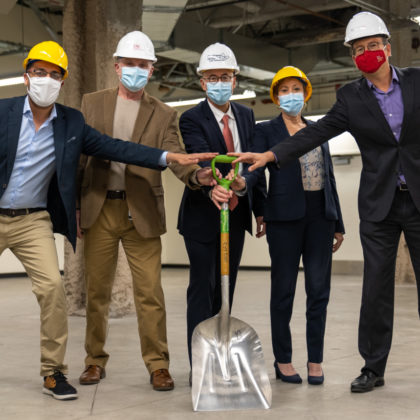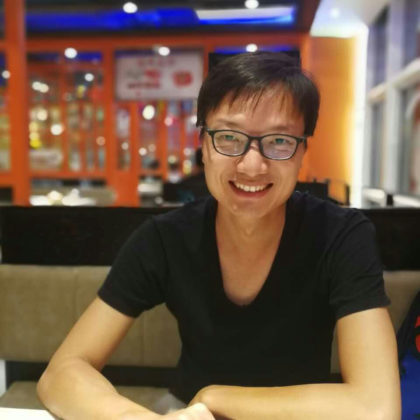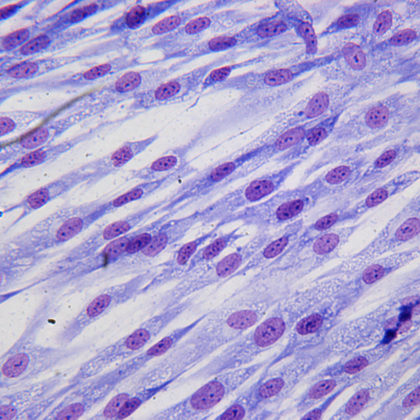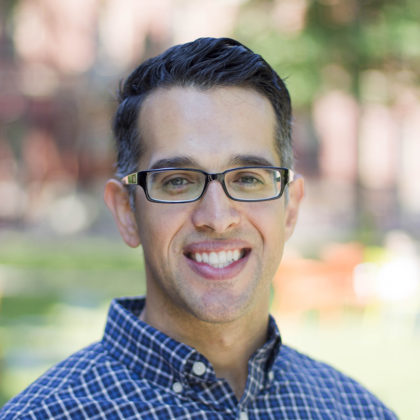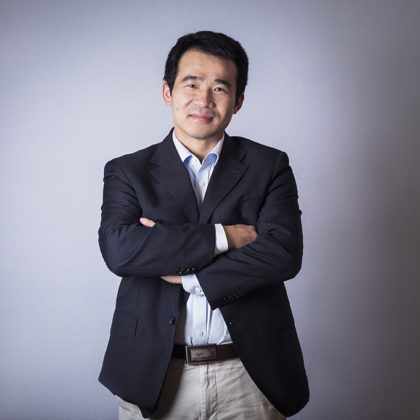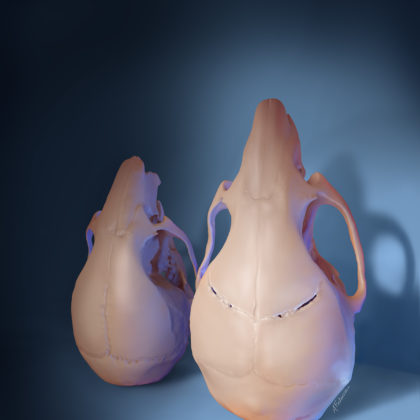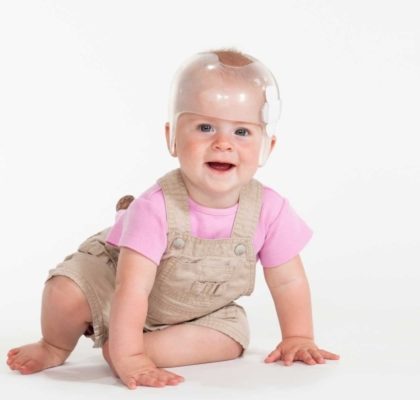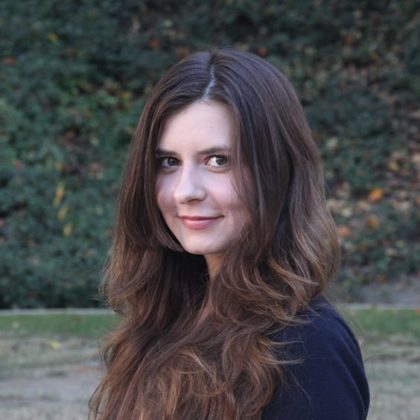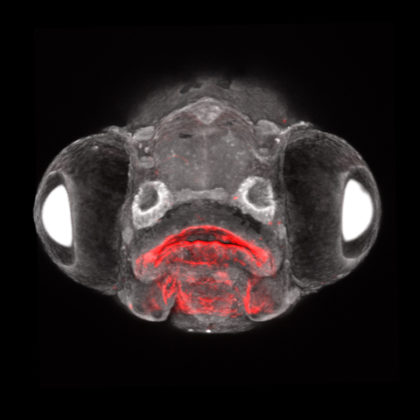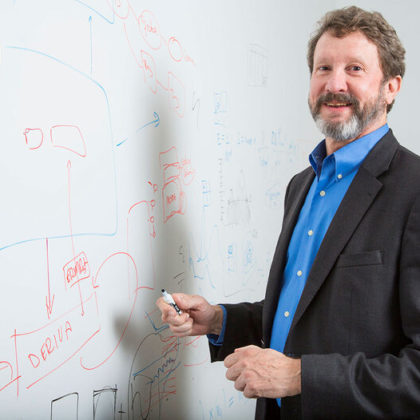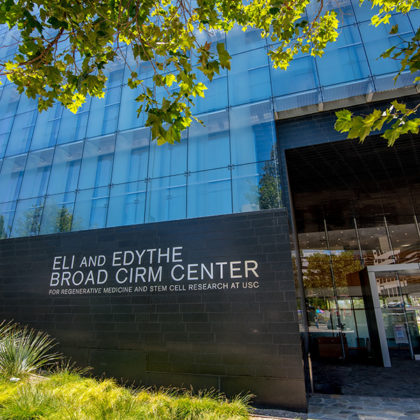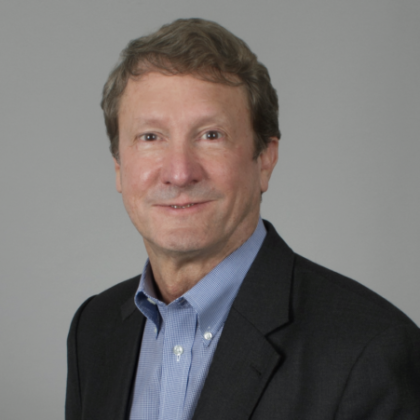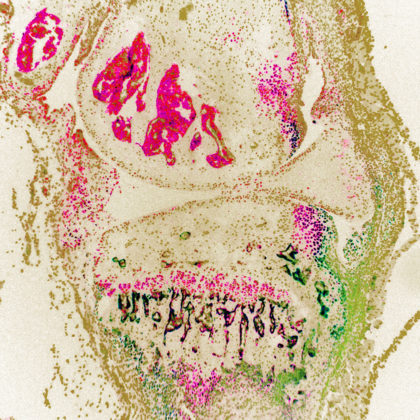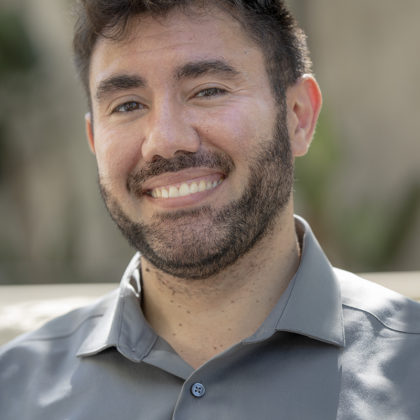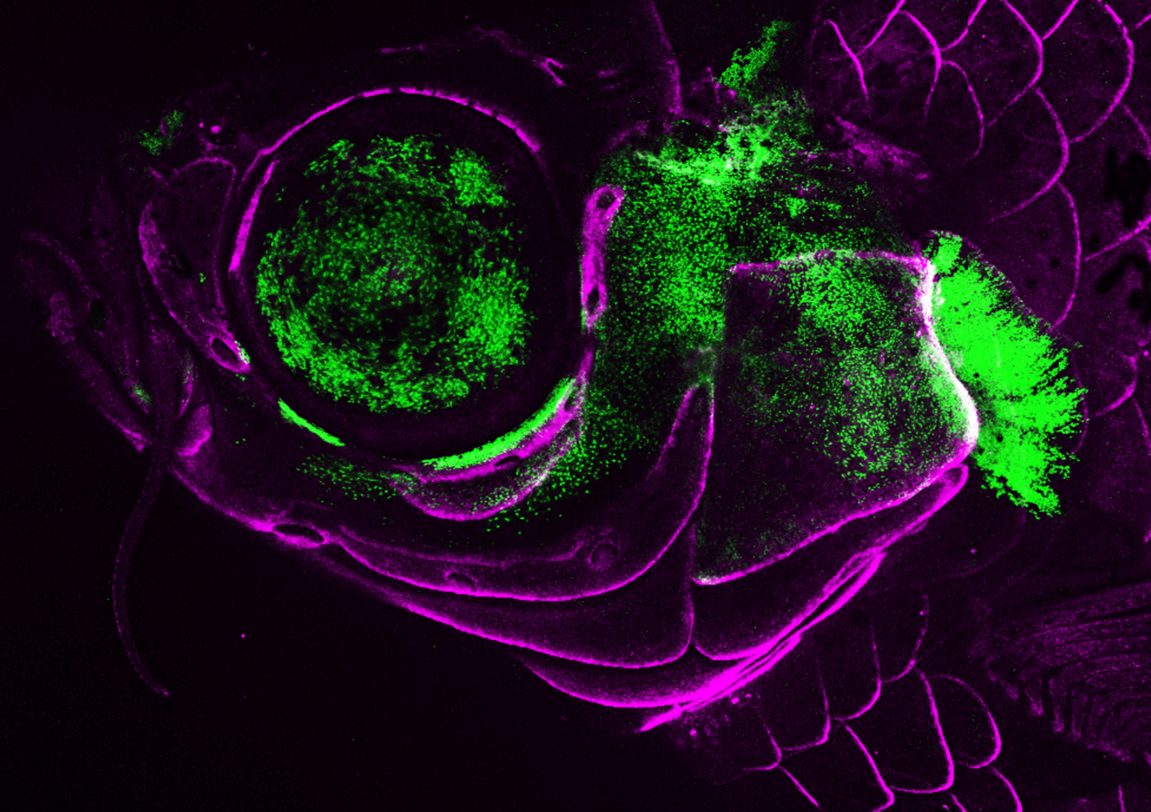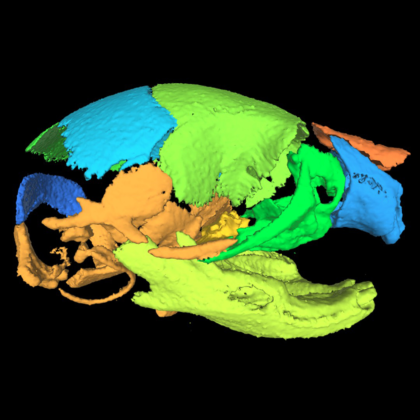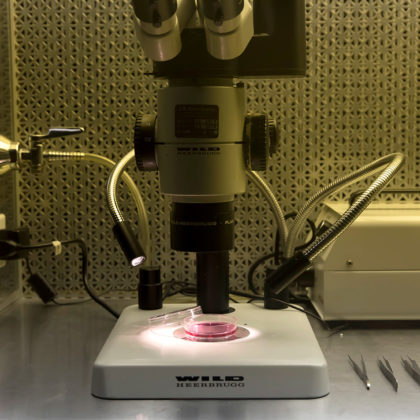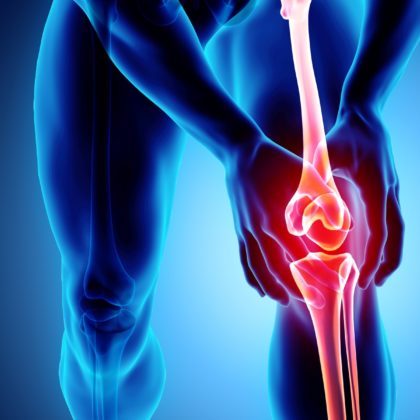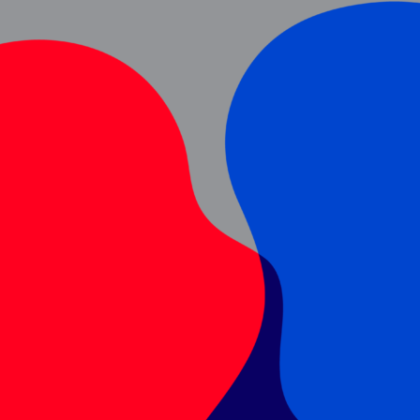CHLA, Keck School, Keck Medicine and USC Norris partner on cell therapy program as construction on new facility begins
The essence of translational medicine is taking an idea from the drawing board and “translating” it into a real-world treatment that helps patients. The winding road of that process takes plenty of …
For USC scientist Xi Chen, a chicken is more than just an egg’s way of making another egg
USC postdoctoral researcher Xi Chen knows that you have to break a few eggs in order to grow chicken stem cells. His work on maintaining embryonic stem cells (ESC) from chicken eggs …
Broad Clinical Fellows take a stem cell-based approach to liver disease and bone loss
This year’s Broad Clinical Research Fellows are developing stem cell-based approaches for patients of all ages—from two-week-old infants with liver disease, to senior citizens with bone loss following joint replacement surgeries. Since …
USC scientist Albert Almada puts muscle into stem cell research
USC Stem Cell scientist Albert Almada once had ambitions of becoming a catcher in a professional baseball league—until he was sidelined by a rotator cuff injury in his shoulder. “Life painfully closes …
From grains to brains, USC scientist Jianfu (Jeff) Chen uncovers the roots of disease
Although USC scientist Jianfu (Jeff) Chen now studies human neurological disorders, he was originally more interested in organisms without brains, such as rice and wheat. “When I was about to go to …
Is this the gamechanger we’ve been waiting for in craniosynostosis?
One of our every 2,500 infants born in the United States will suffer from craniosynostosis — a craniofacial defect caused by the premature fusion of the different bones that comprise the human …
Stem cells may correct deformity and restore brain function after childhood disorder
USC scientists have regenerated parts of the skull affected by a common birth defect called craniosynostosis. Using stem cells to regenerate parts of the skull, USC scientists partially corrected a skull deformity …
USC Stem Cell PhD Student Ruzanna “Rose” Shkhyan works to end inflamm-aging
USC PhD student Ruzanna “Rose” Shkhyan has gotten a first-hand look at how stem cell discoveries can lead to clinical trials. As member of the USC Stem Cell laboratory of Denis Evseenko, …
Flaws emerge in modeling human genetic diseases in animals
My lab, based at the University of Southern California Keck School of Medicine, uses zebrafish to model human birth defects affecting the face. When I tell people this, they are often skeptical …
Pituitary puzzle gets a new piece, revising evolutionary history
Insights into century-old controversy about key gland’s development arise from research led by the Keck School of Medicine of USC A new USC-led study suggests a change to the developmental — and …
USC biological imaging innovator elected to National Academy of Medicine
Scott Fraser, Provost Professor of Biological Sciences, Biomedical Engineering, Physiology and Biophysics, Stem Cell Biology and Regenerative Medicine, Pediatrics, Radiology and Ophthalmology, has been elected to the National Academy of Medicine. Fraser, …
California’s biggest stem cell experiment: The impact of the stem cell ballot proposition at USC
In 2008, USC broke ground on an $80 million building dedicated solely to stem cell research and regenerative medicine. The plans called for a monolithic structure clad in black marble and reflective …
USC’s Scott E. Fraser elected to National Academy of Medicine
USC biophysicist Scott E. Fraser, PhD, has as been elected to the National Academy of Medicine, the organization announced Monday. He’s among 100 new members of the Academy. “For integrating biophysics, quantitative …
When it comes to arthritic bone spurs, stem cells hurt instead of heal
The same stem cells that heal broken bones can also generate arthritic bone spurs called osteophytes, according to a new study in the Annals of Rheumatic Diseases. “Although these stem and progenitor …
The childhood moments that launched their careers as explorers
Innocent curiosity can turn discovery into life’s purpose. A toddler locks eyes with a turtle for the first time; a mischievous teen concocts stink bombs in the garage. However their careers develop, …
USC-led study traces the evolution of gill covers
The emergence of jaws in primitive fish allowed vertebrates to become top predators. What is less appreciated is another evolutionary innovation that may have been just as important for the success of …
USC-led research team shares 10 years’ progress in collecting data to push craniofacial science forward
It has been a little more than a decade since the National Institute of Dental and Craniofacial Research (NIDCR) launched FaceBase, a central repository for craniofacial datasets and tools meant to advance …
Investigating the neighboring environment for stem cells
A long-held goal in dental research is to harness the power of stem cells to regenerate bone and dental tissue. But to do so, it’s important to fully understand the environment the …
Significantly less addictive opioid may slow progression of osteoarthritis while easing pain
A novel preclinical study by Keck Medicine of USC researchers, published in Arthritis & Rheumatology, reveals that a potential new opioid medication may have the ability to slow the progression of osteoarthritis …
New award supports study of why females age differently than males
A new research project led by USC Leonard Davis School of Gerontology Assistant Professor Bérénice Benayoun aims to learn more about why female mammals, including humans, age differently than males. Sex dimorphism …
